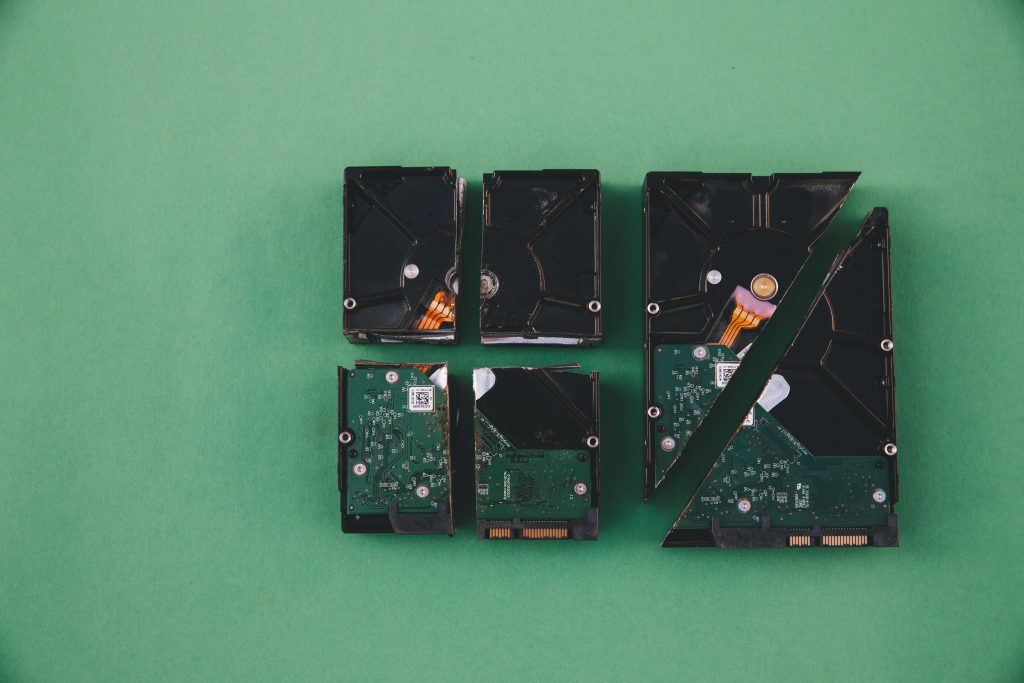How to Handle a Damaged Micro SD Card from a 3DS: Tips and Options
As technology enthusiasts, we’ve all encountered those heart-stopping moments when our precious digital devices malfunction or, worse yet, break. One common issue involves micro SD cards, which can sometimes fail us at the worst possible moment. Recently, I faced just such a dilemma while reassembling my beloved Nintendo 3DS—a mishap that left my micro SD card inoperable. Imagine my dismay when I discovered that my laptop refused to recognize the card.
If you’ve ever found yourself in a similar predicament, you’re probably wondering about your next steps. The burning questions on everyone’s mind: Is the SD card beyond repair, or is there still hope for retrieving the valuable data stored within?
Steps to Attempt Recovery
-
Inspect the Damage: First, take a close look at your micro SD card to assess any visible damage. Physical harm such as cracks or bends can certainly jeopardize its functionality.
-
Utilize a Card Reader: Sometimes, it’s as simple as trying a different card reader or USB port. Ensure that both the reader and the connection point are functioning correctly, as faulty hardware can sometimes lead to recognition issues.
-
Test on Alternative Devices: Insert the card into another computer or device to verify whether the problem lies with the SD card itself or your original laptop.
-
Data Recovery Software: If the card is still not being read, consider using reputable data recovery software. These tools often work wonders in accessing seemingly lost files.
-
Professional Recovery Services: If DIY methods fail, professional services specialize in retrieving data from damaged storage mediums. While this option can be pricey, the results are often worth the investment—especially if the card contains invaluable files.
In conclusion, while a broken micro SD card can be distressing, all hope isn’t necessarily lost. Through careful inspection, attempting recovery techniques, and possibly seeking expert assistance, there’s a good chance your data can be salvaged. Keep calm, follow these steps, and you might just breathe new life into that tiny yet powerful piece of technology.
Share this content:




Re: Micro SD Card Recovery Tips
It sounds like you’re in a tough situation, but there are definitely steps you can take to try to recover your data from the damaged micro SD card. Here are some additional insights based on your article:
Check for Read/Write Protection: Ensure that the micro SD card is not locked. Some adapters or card readers have a physical switch that can prevent the card from being accessed.
Use Disk Management Tools: If your SD card is detected but not accessible, try accessing the Disk Management tool (Windows) or Disk Utility (Mac) to see if it shows up there. If it does, you may be able to assign a drive letter or reformat it (note: reformatting will erase all data, so do this only if recovery is not possible).
Attempt File System Repair: If you can see the card in Disk Management, consider running a file system repair using tools like chkdsk on Windows. This can sometimes fix issues without losing data.
Alternative Data Recovery Software: Aside from the software suggested in your post, programs like Recuva, PhotoRec, or EaseUS Data Recovery Wizard are also reputable options that can assist in recovering lost files.
If your micro SD card from your 3DS isn’t being recognized by your laptop, there are a few troubleshooting steps you can try to recover your data:
Remember to handle the SD card carefully during troubleshooting. If the card shows signs of severe physical damage, professional recovery might be the best route to maximize your chances of data retrieval.